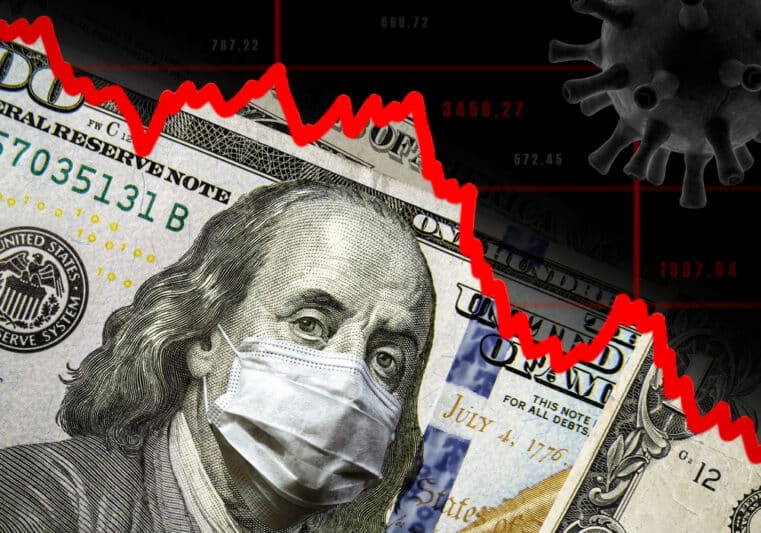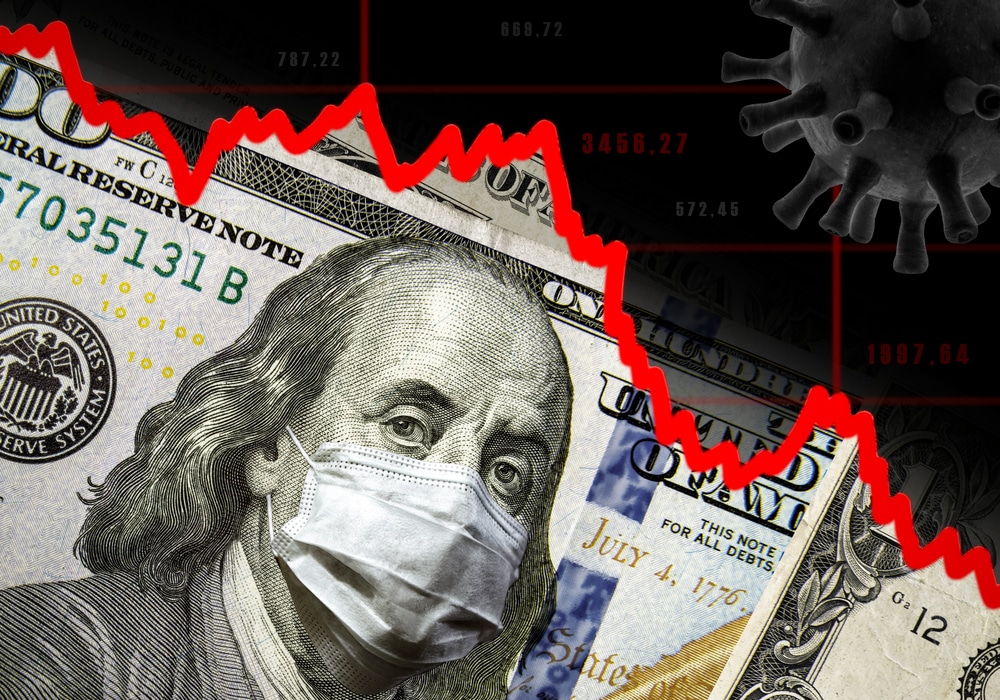
The Lie of Job Creation: Why Government Work is a Net Drain on the Economy
Not all jobs are created equal. That statement alone would get you chased off a college campus or banned from polite society in Washington, D.C. But facts don’t care about ideology. Some jobs produce real value—others siphon it away. And when you examine the divide between private and public sector employment, the stark truth emerges: one builds the economy, the other cannibalizes it.
The Illusion of Government “Work”
In the private sector, employment is earned. It must be justified. A job only exists because someone—an individual or a business—chooses to part with their capital in exchange for labor that improves efficiency or output. That money is finite, and the goal is profit. If a worker underperforms or the role becomes redundant, the job is eliminated. Simple.
Government work doesn’t play by those rules. It’s not paid for by profits, but by taxes—your money, coerced from your pocket. Public sector jobs don't answer to market demands but to budgetary manipulations, bloated departments, and political favors. Teachers, police, firemen—yes, those roles may serve a public need. But let’s not kid ourselves: far too many government jobs are nothing more than glorified welfare programs, hidden beneath a badge or a bureaucratic title.
This isn’t just a Biden-era problem—though the current administration has taken it to new heights. Whether it’s new hires in bloated federal agencies or funding jobs that exist only to check diversity boxes and keep unemployment numbers cosmetically low, the strategy is clear: grow the payroll and buy votes. Under Biden, the federal workforce has ballooned while the productive private sector has been choked with red tape, ESG mandates, and tax hikes.
A Bridge to Nowhere—Literally
Let me paint you a scene. Two towns, separated by a river. A new bridge gets built—great, that’s smart infrastructure. But then comes the gimmick: unemployment ticks up, and a politician smells blood. His solution? Build a second bridge. Not because it's needed. Not because it improves commerce. No—because it "creates jobs."
Those jobs are temporary. The bridge is unnecessary. And the real damage comes later: taxes go up, capital evaporates, and businesses that could have hired workers or innovated now back off, thanks to the government bleeding them dry to fund a PR stunt. It’s economic self-mutilation disguised as compassion.
This logic is bipartisan, by the way. Left or right, administration after administration has leaned on fake “stimulus jobs” whenever political convenience demanded it. But there’s a crack in the consensus. Trump, in a move that shocked even some of his critics, has revived the Department of Government Efficiency (DOGE). Its goal? Slash waste, freeze unnecessary hiring, and start actually auditing these sacred cows of bureaucratic bloat. It’s early, but the message is clear: not every government job is worth saving—and many never should have existed in the first place.
Public Sector Bloat: Robbing the Makers to Pay the Takers
As of the end of 2023, nearly 24 million Americans were on a government payroll. That’s 14 percent of the entire labor force. Think about it: one out of every seven people is paid not to produce value, but to consume it. Worse, they’re insulated from risk. When a business fails, its workers get fired. When a government agency fails? They get a budget increase.
We’ve reached the point where entire agencies exist solely to justify their own existence. Take USAID. After decades of throwing money at foreign "development," even the State Department admitted the game was up—scrapping 80 percent of its projects because they did nothing for the average American. And yet those paychecks kept coming.
Ever heard of the Federal Mediation and Conciliation Service? The Institute for Peace? Of course you haven’t. That’s because their job isn’t to serve the public—it’s to serve their employees.
Under Biden, even the most obscure agencies have been kept alive with emergency funding, pandemic-era loopholes, and political protection. This is what Trump’s DOGE is attempting to counter: a civil service class that exists more for its own survival than for any public benefit.
Productive vs. Parasitic Labor
Private sector jobs create. They generate goods and services people want at prices they choose to pay. That’s value. That’s wealth. The government sector? It extracts. It lives off the labor of others, rerouting capital away from investment and into a black hole of inefficiency, redundancy, and corruption.
Let me be clear: a society can’t survive with an economy that just pays people to exist. That’s not employment—it’s entitlement with a badge. And if we continue down this path, the productive class will collapse under the weight of those who do nothing but drag it down.
Bottom Line: If you’re not angry, you’re not paying attention.
The next wave of government job growth won’t be for your benefit—it’ll be for theirs. Biden’s plan is more spending, more hiring, more bureaucracy. Trump’s counter via DOGE is the first serious attempt in years to reverse the tide.
If you want to understand the machinery behind this slow-motion collapse, read Bill Brocius' End of Banking As You Know It. Download the free guide 7 Steps to Protect Your Account from Bank Failure here, and get access to the Inner Circle newsletter for $19.95/month—your inside track to staying ahead of the financial reckoning.
Don’t wait until your job depends on political theater. Get independent. Get informed. Get out.











